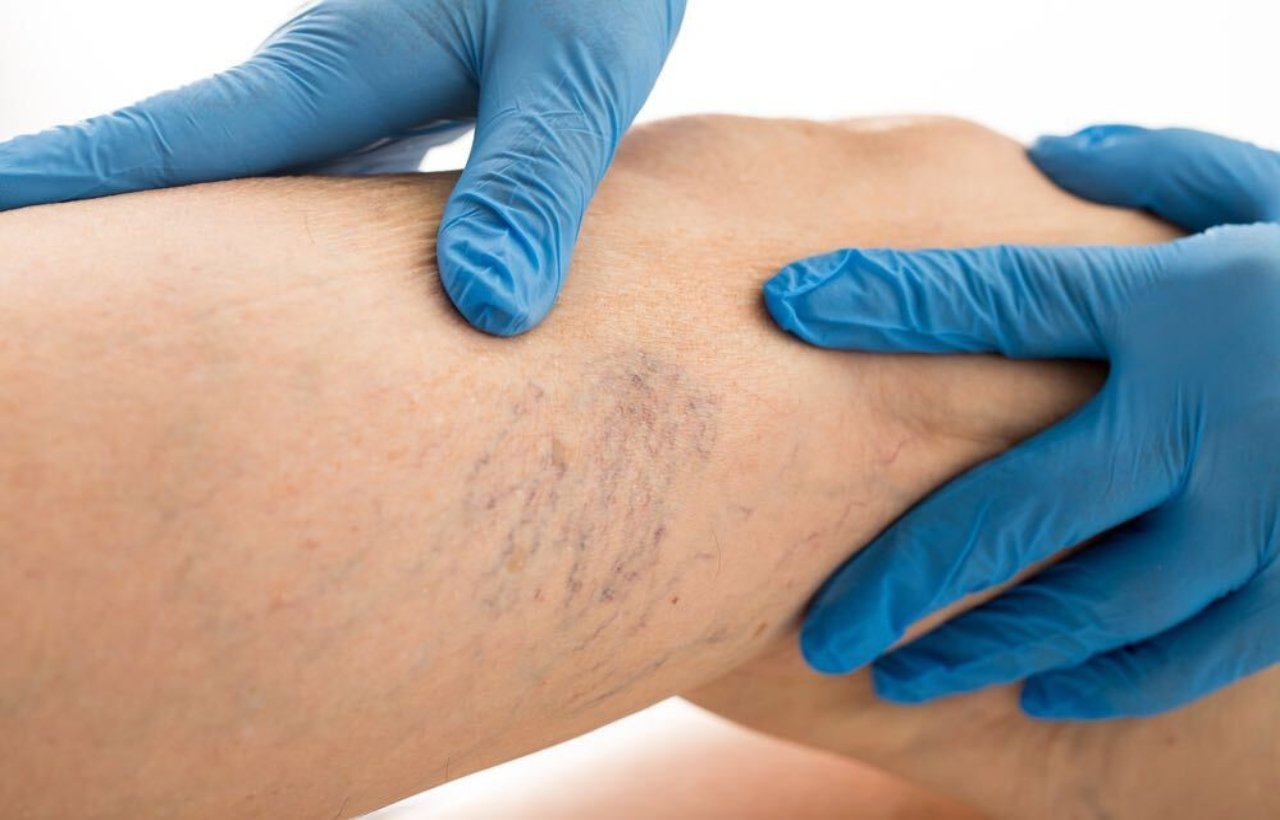Understanding What Spider Veins Are
Spider veins are small, thin blood vessels that appear near the surface of the skin, usually in red, purple, or blue tones. They are most commonly seen on the legs and face but can appear on other parts of the body. These veins form a web-like or branch-like pattern, which is why they are referred to as spider veins. Although generally harmless, many people seek treatment due to aesthetic concerns or discomfort. Unlike varicose veins, which are larger and bulging, spider veins are flat and less pronounced. However, both can indicate problems in the circulatory system, particularly in the lower extremities. As more individuals become conscious of their appearance and vein health, interest in reliable treatment options continues to grow.
The Biological Reasons Behind Spider Veins
At the core of spider vein formation is poor blood circulation. Veins are responsible for transporting blood back to the heart, and this task becomes especially difficult in the legs due to gravity. Tiny valves inside veins help keep blood flowing in the correct direction. When these valves become weak or damaged, blood may begin to flow backward and collect in the vein, causing it to swell and become visible through the skin. This phenomenon is known as venous insufficiency. Over time, the pressure from the pooled blood can cause smaller veins near the skin’s surface to dilate and form spider veins. Although they are not typically dangerous, their presence may point to larger circulation problems that should not be ignored.
Factors That Increase the Risk
Several contributing factors can increase a person’s risk of developing spider veins. Genetics is one of the strongest influences. If your parents or grandparents had spider veins, your chances of developing them are significantly higher. Hormonal fluctuations during puberty, pregnancy, or menopause can also weaken vein walls and valves. Occupations that require long hours of standing or sitting, such as teaching, nursing, or desk jobs, place extra strain on leg veins. Additional risk factors include obesity, lack of physical activity, sun exposure, and aging. In many cases, a combination of these factors works together to weaken the venous system, leading to the development of spider veins over time.
Symptoms That Often Accompany Spider Veins
While spider veins are primarily a cosmetic concern, they can sometimes come with physical symptoms. Individuals may experience a dull ache, itching, or a burning sensation in the affected area, especially after standing or sitting for long periods. Legs might feel tired, heavy, or restless by the end of the day. Though less common, mild swelling can also occur. These symptoms can worsen with heat or during hormonal shifts, such as menstruation or pregnancy. For some people spider veins treatment dubai are a warning sign of chronic venous insufficiency, a more serious condition that may require medical attention. Recognizing these symptoms early can help you pursue treatment before more complicated vein issues arise.
Why Early Diagnosis and Action Matter
Timely diagnosis of spider veins and related venous conditions can prevent further complications and discomfort. A simple physical examination by a medical professional, sometimes supported by ultrasound imaging, can determine the extent of venous insufficiency and the best course of action. Ignoring spider veins for too long may lead to the development of varicose veins or skin changes like pigmentation and ulceration. Fortunately, early-stage spider veins are easier to treat and require less intensive procedures. With the availability of advanced technologies and experienced specialists in regions like Dubai, individuals now have access to high-quality care that not only improves appearance but also protects overall vascular health.
Exploring Options for Spider Veins Treatment Dubai
There is a growing demand for advanced spider veins treatment Dubai clinics offer, thanks to the city’s status as a global hub for aesthetic and medical services. Treatments are typically non-invasive or minimally invasive, offering effective results with little to no downtime. Sclerotherapy is one of the most widely used techniques, involving the injection of a solution into the vein that causes it to collapse and fade over time. For facial spider veins or those in sensitive areas, laser therapy is often the preferred method. Endovenous laser therapy and radiofrequency ablation are available for more complex cases, especially when spider veins are linked to deeper venous issues. Patients in Dubai benefit from cutting-edge technology, trained professionals, and personalized treatment plans tailored to their specific condition and skin type.
Selecting the Right Clinic and Practitioner
Choosing the right specialist is a crucial part of successful spider veins treatment. In Dubai, the options are plentiful, but quality and reputation should guide your decision. Look for clinics that are certified by relevant medical authorities and have a history of successful vein treatments. Reviews, before-and-after images, and patient testimonials can offer insight into the clinic’s results and professionalism. It is important to have a detailed consultation, during which the practitioner assesses your vein condition, discusses possible treatment methods, and addresses any concerns you may have. The best outcomes are achieved when treatment is customized, and follow-up care is provided to support recovery and prevent recurrence.
Maintaining Healthy Veins After Treatment
Once spider veins have been treated, it is essential to follow a healthy lifestyle to prevent new ones from forming. Regular exercise, such as walking or swimming, can help promote good circulation and reduce pressure on the veins. Elevating your legs at the end of the day and avoiding long periods of standing or sitting can also make a significant difference. Compression stockings are often recommended post-treatment to support healing and maintain vein function. Additionally, protecting your skin from excessive sun exposure and maintaining a balanced diet can help improve the overall condition of your veins. Clinics offering spider veins treatment Dubai often provide aftercare guidance and follow-up appointments to monitor progress and ensure lasting results.
Conclusion
Spider veins may seem like a minor cosmetic concern, but they can reflect underlying circulation issues that deserve attention. Understanding why they form, the role of vein valve failure, and the risk factors involved can empower individuals to take preventive steps and seek effective treatment. With a variety of safe, non-invasive treatment options now available, especially in a medically advanced region like Dubai, managing spider veins is more accessible than ever. Whether you are experiencing physical symptoms or simply wish to improve your appearance, professional spider veins treatment Dubai clinics offer solutions tailored to your needs. Early action, combined with proper aftercare, leads to not just clearer skin but improved confidence and vascular wellness.








